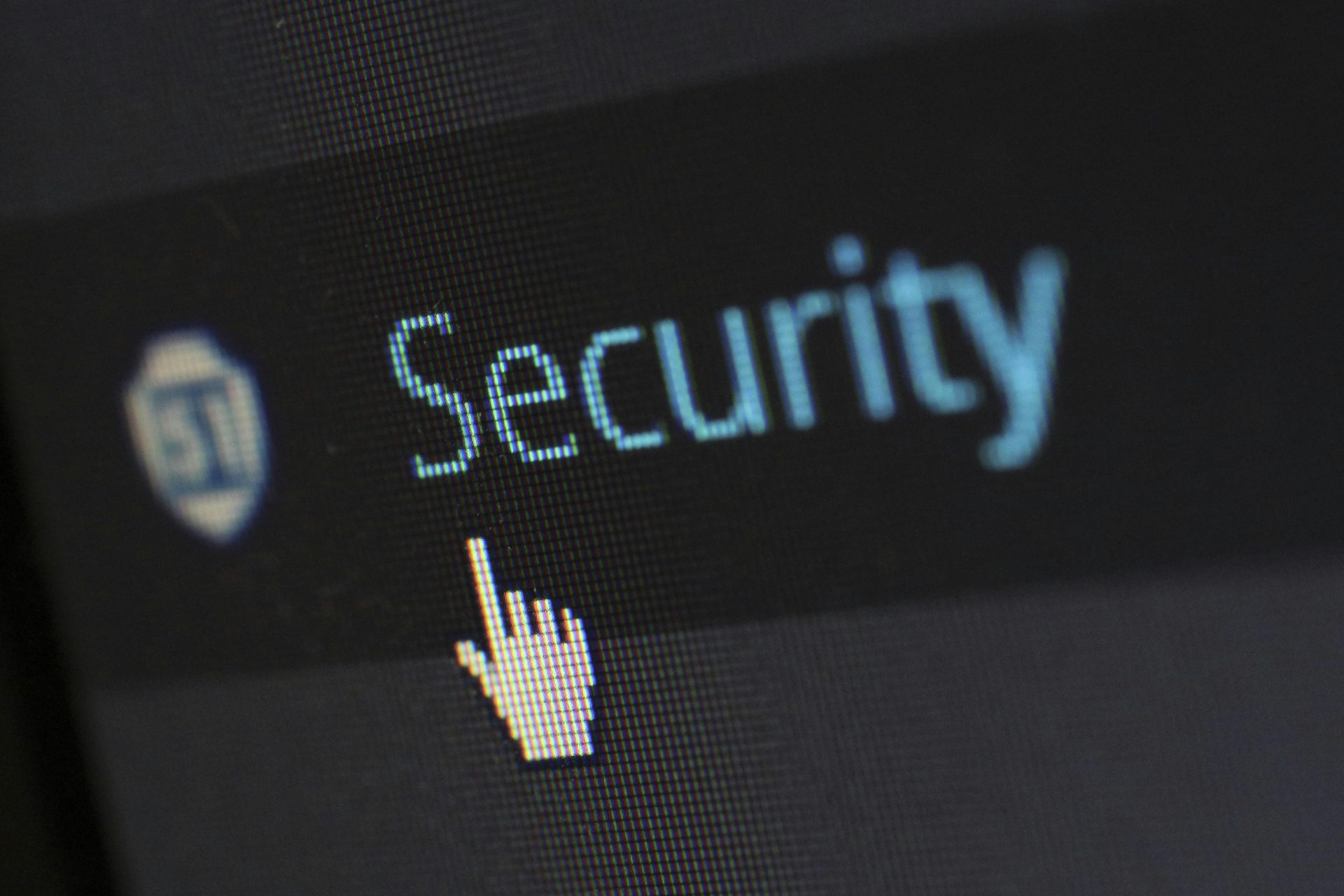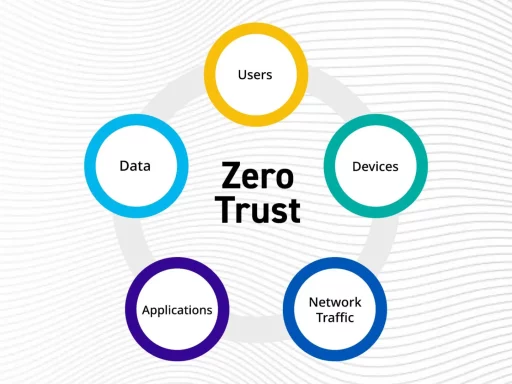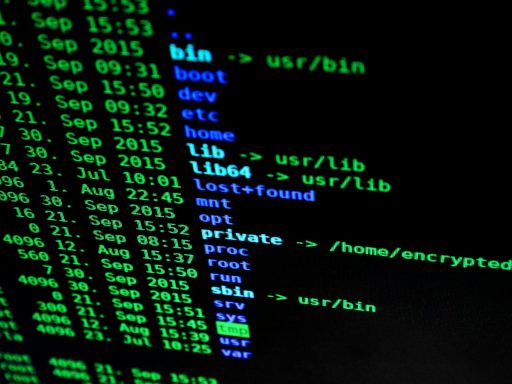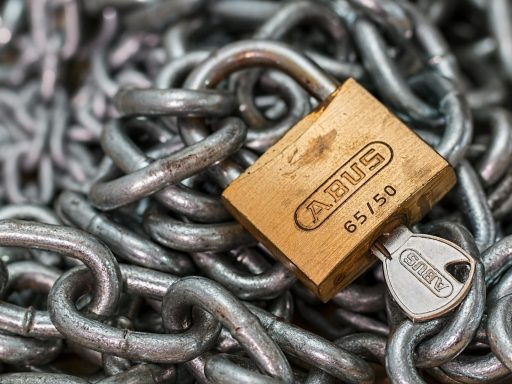In today’s digital age, cybersecurity is more critical than ever. With cyber threats evolving at an alarming rate, businesses and individuals alike are constantly seeking ways to safeguard their digital assets. This is where ethical hacking, also known as penetration testing or white-hat hacking, comes into play. Ethical hacking is an essential component of modern cybersecurity, offering a proactive approach to identifying and addressing vulnerabilities before malicious hackers can exploit them.
What is Ethical Hacking?
Ethical hacking involves authorized attempts to breach a computer system, network, or web application to find security vulnerabilities that a malicious hacker could potentially exploit. Ethical hackers use the same tools and techniques as cybercriminals, but with the permission of the system’s owner and a focus on improving security.
Why is Ethical Hacking Important?
- Identifying Vulnerabilities: Ethical hackers help organizations identify weaknesses in their security infrastructure, allowing them to address these vulnerabilities before they can be exploited.
- Preventing Data Breaches: By uncovering security flaws, ethical hackers play a crucial role in preventing data breaches that can lead to significant financial and reputational damage.
- Compliance: Many industries have stringent regulatory requirements for data protection. Ethical hacking helps organizations comply with these regulations by ensuring their systems are secure.
- Building Trust: When customers know that an organization takes cybersecurity seriously, they are more likely to trust that their data is safe.
The Ethical Hacking Process
The process of ethical hacking typically involves several stages:
1. Reconnaissance:
Also known as the information-gathering phase, reconnaissance involves collecting as much information as possible about the target system. Ethical hackers use various tools to gather data that can help them understand the system’s structure and potential vulnerabilities.
2. Scanning:
In this phase, ethical hackers use tools like Nmap and Nessus to scan the target system for open ports, services, and potential vulnerabilities. This helps them identify the weakest points in the system.
3. Gaining Access:
Using the information gathered during reconnaissance and scanning, ethical hackers attempt to gain access to the target system. This can involve exploiting known vulnerabilities or using social engineering techniques to trick individuals into revealing sensitive information.
4. Maintaining Access:
Once access is gained, ethical hackers try to maintain their access to the system for as long as necessary to achieve their objectives. This can involve installing backdoors or using other techniques to stay undetected.
5. Covering Tracks:
In this final phase, ethical hackers ensure they leave no trace of their activities. This involves deleting logs, removing backdoors, and restoring any changes made to the system.
Tools of the Trade
Ethical hackers use a wide range of tools to perform their work. Some of the most popular ethical hacking tools include:
- Kali Linux: A popular Linux distribution designed for penetration testing.
- Metasploit: A framework for developing and executing exploit code.
- Wireshark: A network protocol analyzer that helps ethical hackers monitor network traffic and identify potential security issues.
- John the Ripper: A password cracking tool that helps ethical hackers identify weak passwords.
Real-World Applications of Ethical Hacking
Ethical hacking is used across various industries to enhance security. Here are some real-world applications:
1. Financial Services:
Banks and financial institutions use ethical hacking to protect sensitive customer data and ensure the security of their online banking platforms.
2. Healthcare:
Healthcare providers use ethical hacking to secure patient records and ensure compliance with regulations like HIPAA.
3. Retail:
Retailers use ethical hacking to protect customer payment information and prevent data breaches that could lead to financial loss and reputational damage.
4. Government:
Government agencies use ethical hacking to protect national security and ensure the integrity of critical infrastructure.
The Future of Ethical Hacking
As cyber threats continue to evolve, the demand for ethical hackers is expected to grow. The future of ethical hacking will likely involve more advanced techniques and tools to combat increasingly sophisticated cyber threats. Additionally, the rise of artificial intelligence (AI) and machine learning (ML) will play a significant role in the future of ethical hacking, enabling more efficient and effective identification of vulnerabilities.
How to Become an Ethical Hacker
If you’re interested in a career in ethical hacking, here are some steps to get started:
- Education: A strong foundation in computer science, cybersecurity, or a related field is essential.
- Certifications: Earning certifications like Certified Ethical Hacker (CEH) or Offensive Security Certified Professional (OSCP) can enhance your credibility and job prospects.
- Experience: Gaining hands-on experience through internships, lab exercises, or entry-level positions is crucial.
- Networking: Joining professional organizations and attending cybersecurity conferences can help you stay up-to-date with industry trends and connect with other professionals.
Conclusion
Ethical hacking is a vital component of modern cybersecurity. By proactively identifying and addressing vulnerabilities, ethical hackers help organizations protect their digital assets and maintain the trust of their customers. As cyber threats continue to evolve, the role of ethical hacking will only become more critical, making it an exciting and rewarding career path for those passionate about cybersecurity.
Further Reading
For those interested in delving deeper into the world of ethical hacking, here are some valuable resources:
- OWASP (Open Web Application Security Project)
- EC-Council Certified Ethical Hacker (CEH) Certification
- Offensive Security Certified Professional (OSCP)
By exploring these resources, you can gain a deeper understanding of ethical hacking and stay ahead in the ever-changing landscape of cybersecurity.





